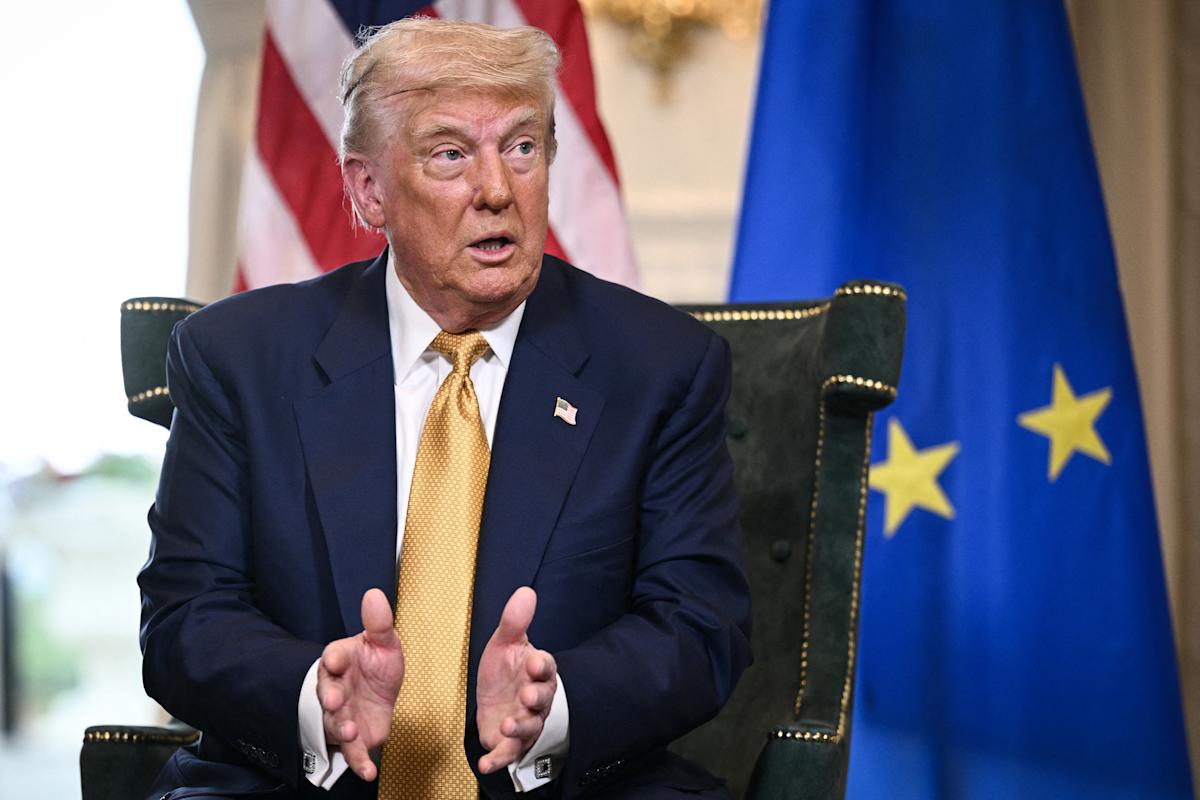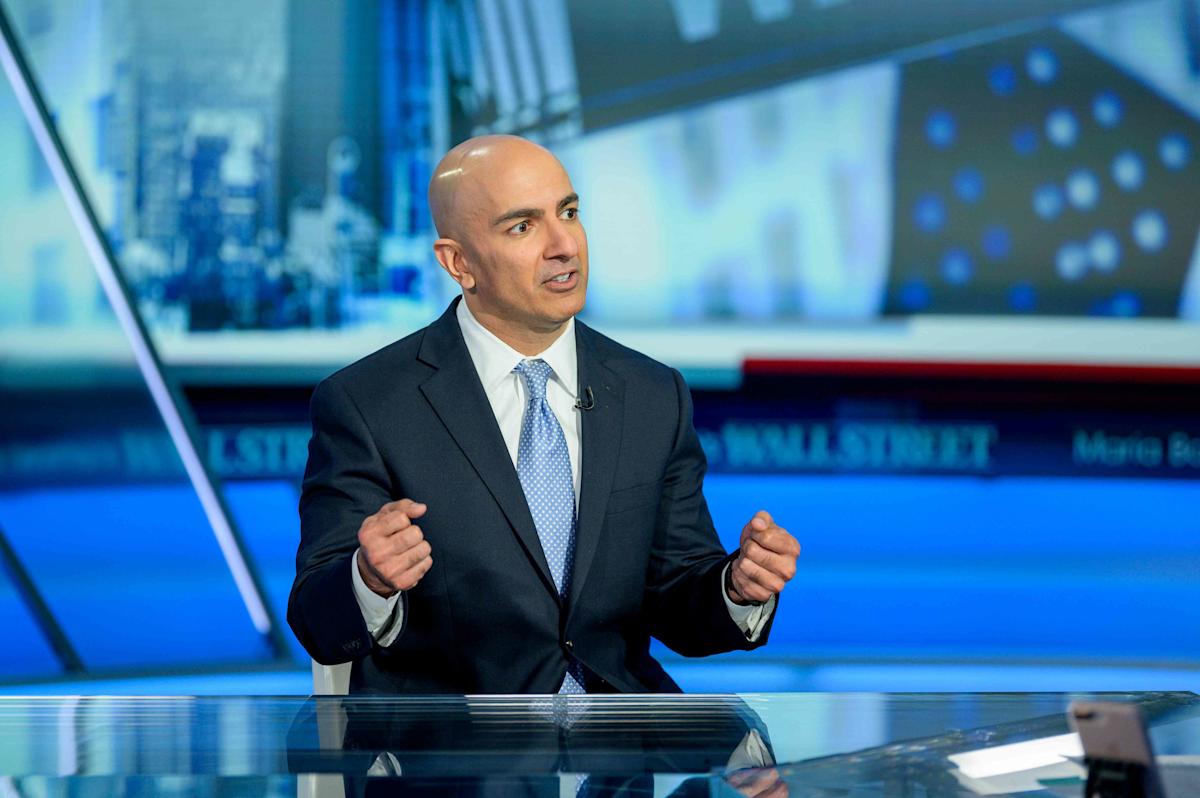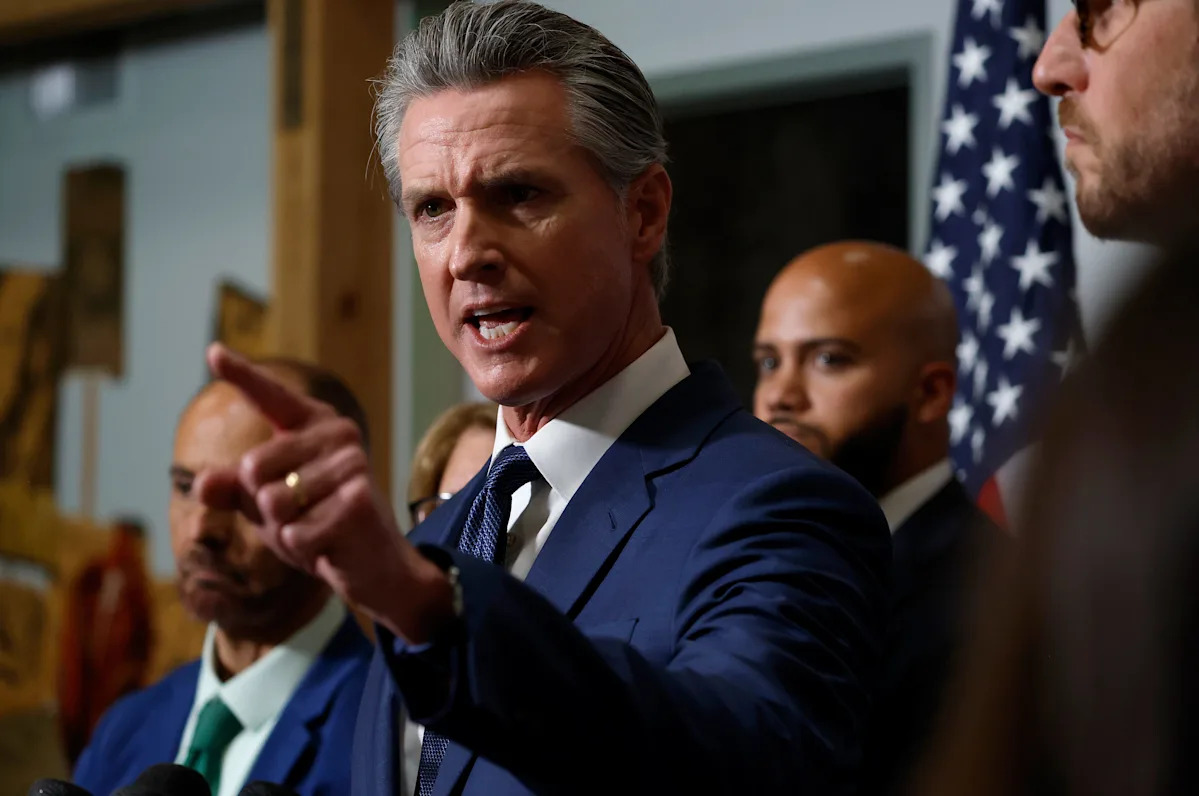U.S.-EU Trade Deal: Key Highlights

Overview of the U.S.-EU Trade Agreement
The recently announced trade agreement between the U.S. and the European Union introduces a baseline 15% tariff on EU goods entering the U.S. This measure is a significant shift in trade policy, aiming to recalibrate the trade balance between the two regions. In exchange, the EU has committed to purchasing $750 billion worth of U.S. energy products over several years and making $600 billion in investments in U.S. markets. Additionally, the EU agreed to increase its acquisitions of U.S. military equipment, further solidifying economic ties. These agreements mark a critical step in addressing the U.S. trade deficit with the EU, which stood at $235.9 billion in the latest Census Bureau data.
Economic and Market Reactions
The announcement of the U.S.-EU trade agreement has elicited mixed reactions in financial markets. Equity markets, particularly in Europe, saw an uptick as the deal alleviated uncertainties surrounding transatlantic trade relations. The STOXX 600 index reached its highest level since early June, reflecting optimism from investors. Meanwhile, the euro strengthened slightly, ending the week at $1.1738.
However, economists have raised concerns over the long-term implications of the 15% tariff. While the agreement provides short-term stability, higher tariffs could lead to increased consumer prices and inflation in both regions. Some experts argue that the deal's protectionist undertones may dampen global economic growth, with potential ramifications for supply chains and cross-border investments. Critics also point out that the trade pact may not fully address systemic trade imbalances, as tariffs often result in higher costs for manufacturers and consumers alike.
Comparison with Recent Trade Deals
The U.S.-EU agreement bears similarities to the trade deal reached with Japan earlier this year. Both agreements feature a 15% tariff rate as the baseline for goods entering the U.S., a notable departure from prior norms that favored lower or zero tariffs. Japan, like the EU, committed to substantial investments in the U.S., including a $550 billion package aimed at various sectors.
These deals highlight the Trump administration's broader trade strategy, characterized by the imposition of higher tariffs and the pursuit of bilateral agreements. The administration's approach has emphasized leveraging tariffs as both a negotiation tool and a mechanism to encourage foreign investment in the U.S. However, this strategy has raised questions about its sustainability and potential to provoke retaliatory measures from trading partners. As the global trade landscape evolves under these new terms, businesses and investors will need to navigate an increasingly complex environment marked by shifting tariffs and trade policies.
 Sources
Sources- Reaction EU trade deal
 yahoo
yahoo - Reaches Trade Agreement EU
 investopedia
investopedia - Trump deal Europe underlines new standard (at least) 15% tariffs
 yahoo
yahoo - Factbox-Key elements EU-U.S. trade deal agreed Sunday
 yahoo
yahoo
 Keep Reading
Keep ReadingAbout the author

Top News
Related Articles
- Reaction EU trade deal
 yahoo
yahoo - Reaches Trade Agreement EU
 investopedia
investopedia - Trump deal Europe underlines new standard (at least) 15% tariffs
 yahoo
yahoo - Factbox-Key elements EU-U.S. trade deal agreed Sunday
 yahoo
yahoo
People Also Watch
















